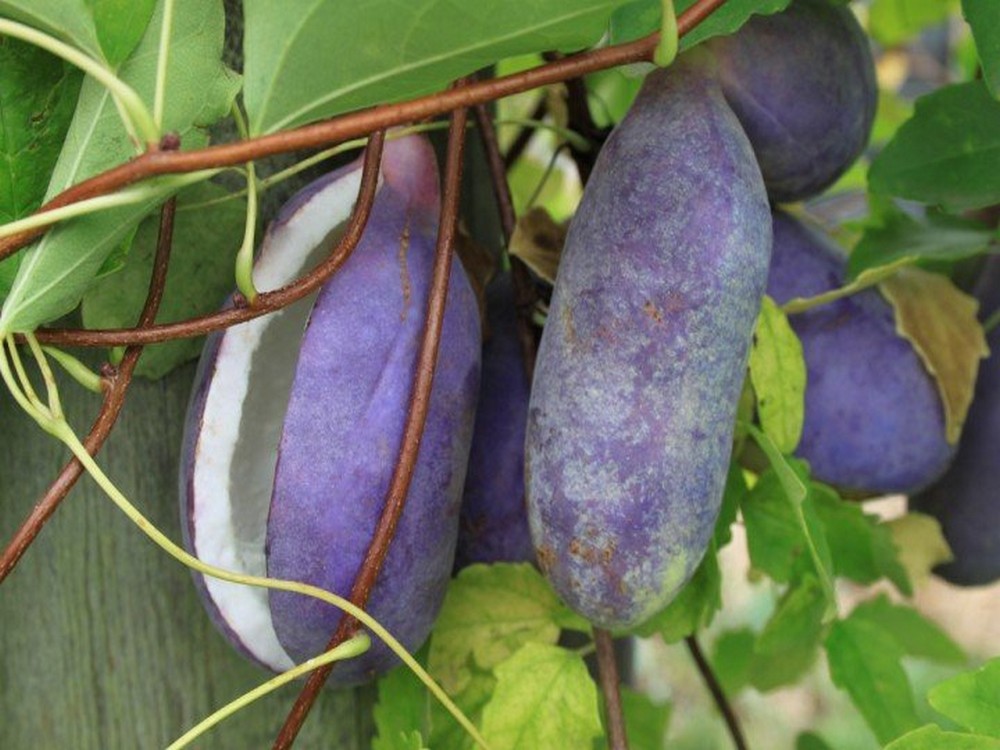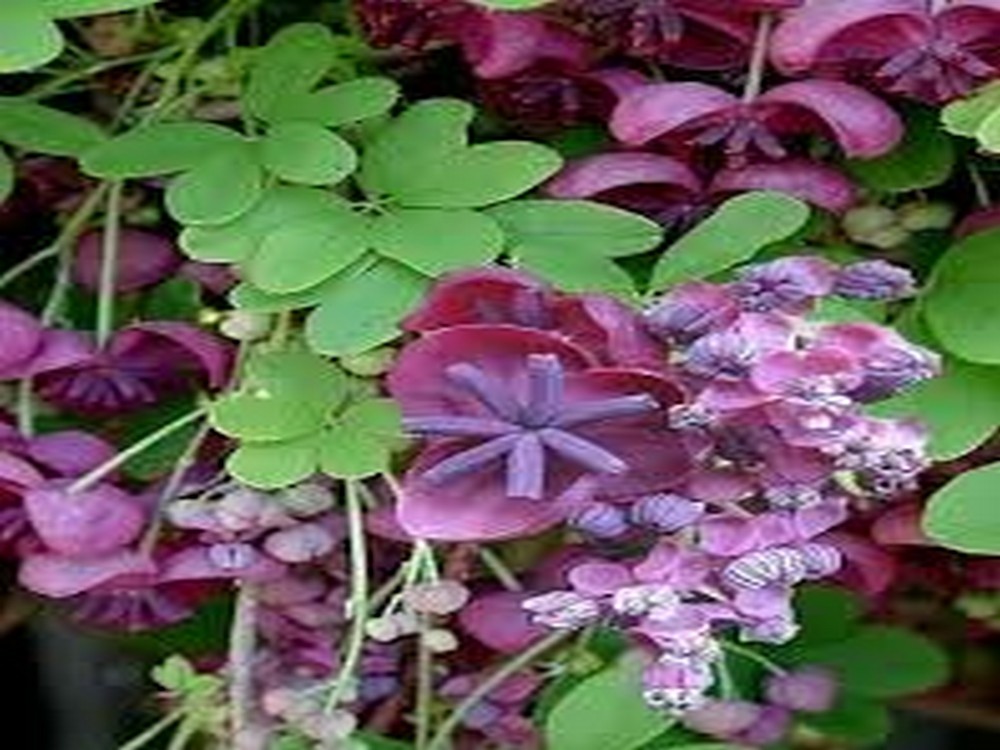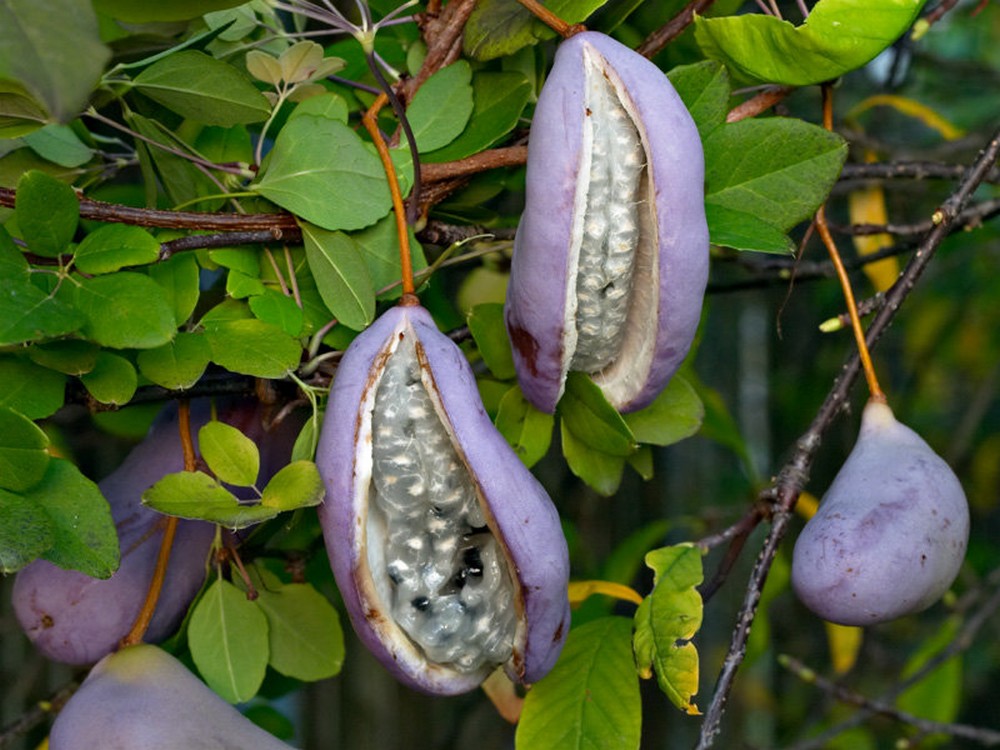Product description
Family: Lardizabalaceae Akebia quinata or Chocolate vine (chocolate vine) or Raisin Vine (Vine raisin) or Five leaf Akebia (five leaf Akebia) as it is otherwise known, is a shrub that is native to Japan, China, Korea and was relatively easily propagated in United States from Georgia to Michigan to Massachusetts, where it is found.
It can grow 10 meters in height or more. The leaves are glossy dark green oval shaped, compound, five in number. The striking purple flowers that are gathered in bunches have a chocolate scent and have three or four sepals. Produced in late summer, the fruits are oblong, pod-shaped, similar to eggplants, and contain an edible white pulp.
The gelatinous contents are filled with tiny black seeds and have a sweet, not-so-palatable taste. However, in the old days in Japan it was common for children to eat these fruits while playing outdoors. Their crust has a slightly spicy taste and so the fruit is generally used as a vegetable. In the kitchen, they fill it with minced meat, like our stuffed ones, and they also eat it fried. Traditionally Akebia quinata is also used for basket weaving.
Akebia is planted in spring or autumn. It is easy to grow in most soils. Best in well-drained sandy loam with regular moisture in full sun to part shade. Prefers full sun, but tolerates near full shade. It also tolerates some drought. in well-drained soils. If fruiting is desired, plant a minimum of two vines to increase the chance of pollination and eventual fruiting.
If you only have one plant, you can propagate it by softwood cuttings. Plants should be watered weekly until they are established, then watering should be applied during periods of drought so that the plants receive a minimum of one inch of water per week. Flowers and fruit grow best in full sun, while the vine is very shade tolerant and grows in woodland conditions. Flowering season is early spring between March and May.Easily grown in most soils. Best in well-drained sandy loams with regular moisture in full sun to part shade. Prefers full sun, but tolerates close to full shade. Also tolerates some drought. Needs a support structure upon which to grow unless grown as a ground cover. For best fruit production, plant more than one vine to facilitate good cross-pollination. Many experts recommend hand-pollination. Prune as needed in late spring after flowers appear. May be cut to the ground to renovate. Foliage is semi-evergreen in warm winter climates. Grows rapidly and can suffocate shrubs or other vegetation if not kept in check.
Chocolate vine has low nutrient requirements and thus does not require supplemental flower fertilizer. However, in very poor soils, you can provide it with some small amount of nutrients with compost. We recommend light pruning to keep it looking clean, after flowering. However, care should be taken in observing the expansiveness of Akebias, since there have been reported cases of displacement of native plants by this vine, in forested areas. So outdoor gardeners to limit it and keep it bordered, prune it to ground level.
In Chinese pharmacopoeia it is believed to have therapeutic effects and is used as a diuretic, anti-inflammatory, galactagogue and analgesic. The herb in China is primarily used as a traditional medicine for insufficient lactation in nursing mothers. The medicinal part of the plant is the woody stem, which is cut into cross sections and made into a decoction. The strain contains about 30% potassium salts which are responsible for its diuretic effect.
In New Zealand, Akebia quinata is listed in the National Pest Plant Accord, which ensures that plants for sale are free of pests to prevent such spreads.
You can use this plant to create an attractive curtain as a privacy fence, or to hide an ugly wall. It can also be used as a ground cover to cover unsightly piles of rocks, a well, a road slope or generally to cover a surface area, a barren flower bed with natural green vegetation that is pleasing to the eye. In this case the delicate flowers may be lost in the mass of foliage on the ground.
Zone: It grows in zones 4 through 8, and is evergreen in zones 6 and above.



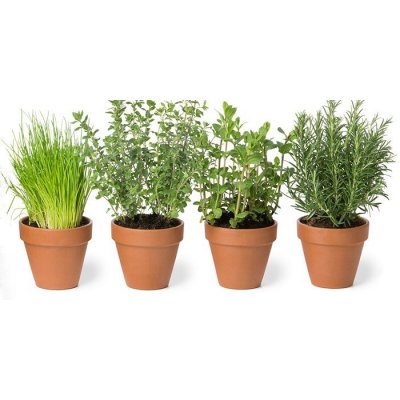
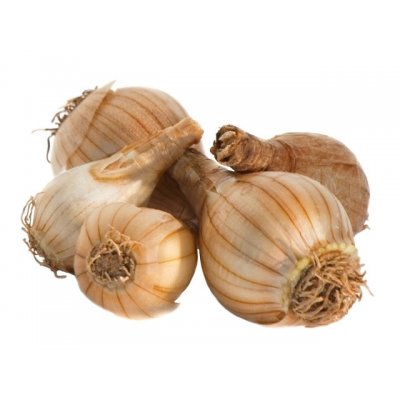
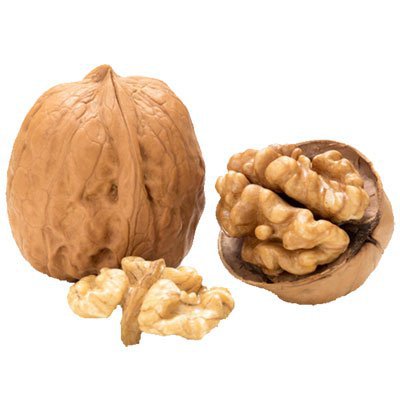
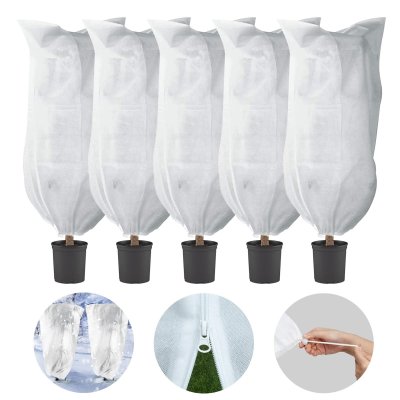
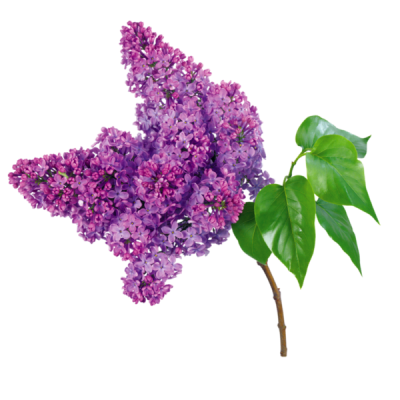
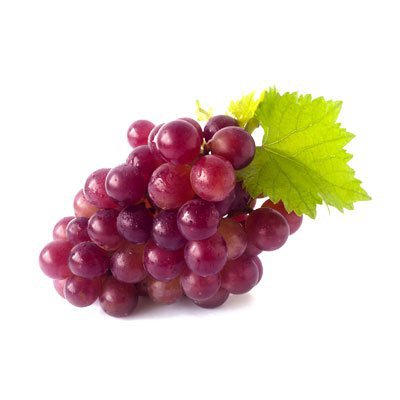
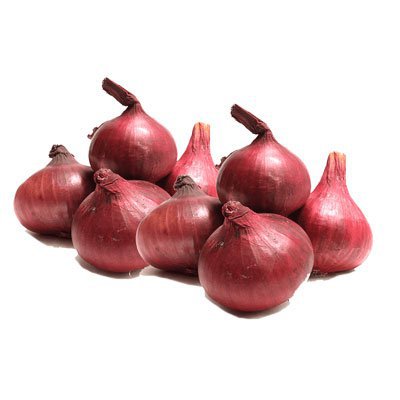


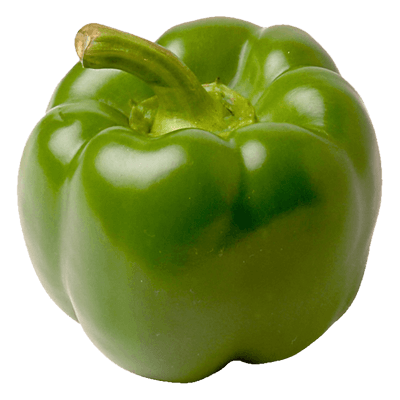
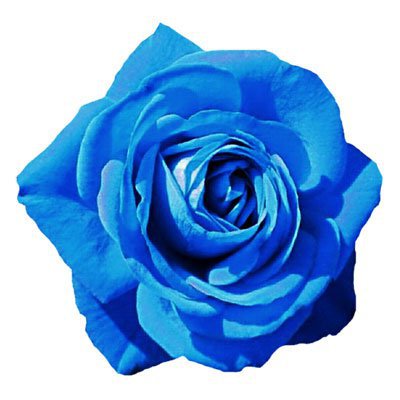

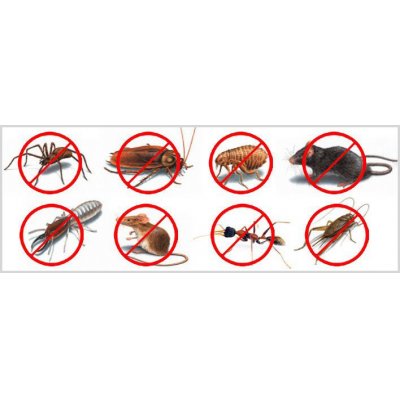
 Forest Fruit Plants
Forest Fruit Plants Spice Herbs Medicinal seeds
Spice Herbs Medicinal seeds Bulbs
Bulbs Fruit Trees
Fruit Trees Garden Materials
Garden Materials Ornamental Plants
Ornamental Plants Grapevine Plants
Grapevine Plants Onion Set
Onion Set Fertilizers
Fertilizers Potato seed
Potato seed Seeds
Seeds Roses
Roses Tropical Plants
Tropical Plants Home Pesticides
Home Pesticides